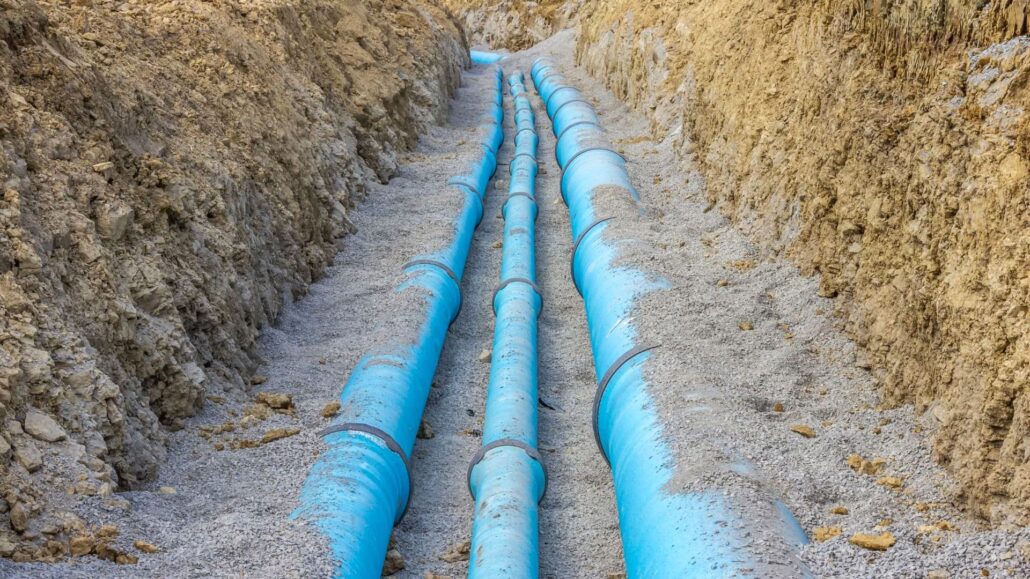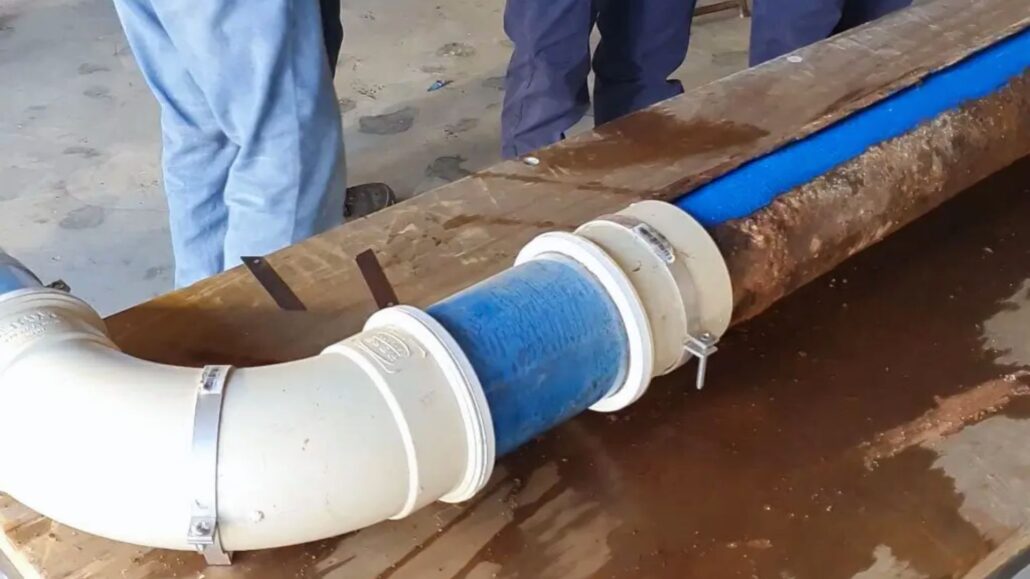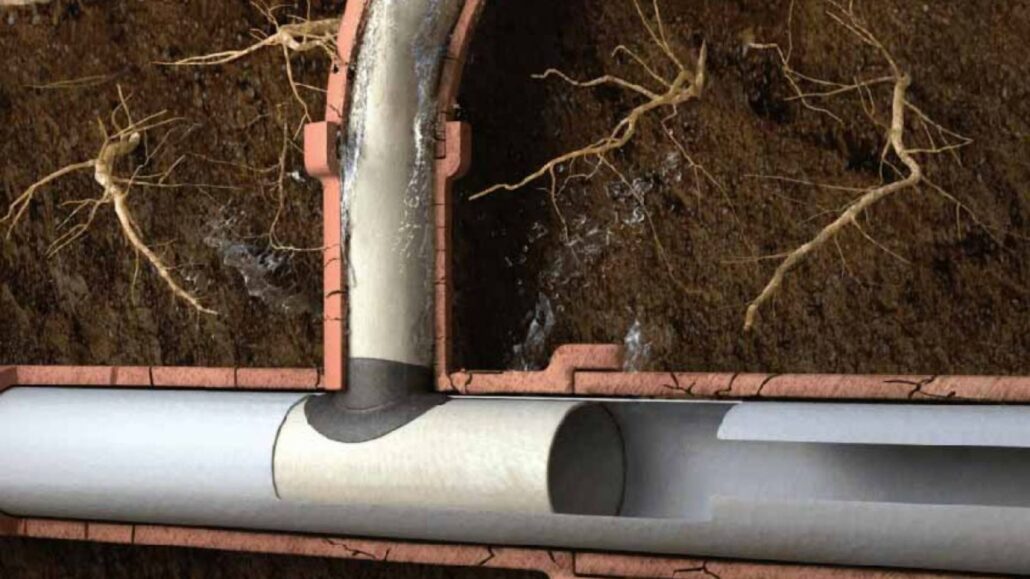Water infrastructure is a critical component of urban systems, and ensuring plumbing networks are well-maintained is an essential aspect of sustainability. Over time, water pipes become degraded due to normal wear and tear from transporting water over many years.
Left unaddressed, aging pipes are prone to leaks from wastewater. However, entirely replacing water pipes is a costly and disruptive process. Pipe relining provides a sustainable alternative that can extend the lifespan of existing pipes with minimal environmental impact.
This technique involves inserting a resin-saturated tube inside an old pipe and hardening it to renew the pipe wall. Properly installed, pipe relining can restore full functionality for decades at a fraction of the cost and disruption of total replacement. This makes it a valuable method for sustainably maintaining plumbing systems.
Understanding Pipe Relining
Pipe relining is a trenchless rehabilitation method to renew aging underground pipes without excavating. It involves inserting a flexible resin-impregnated lining into the existing pipe and using cured-in-place installation techniques to form it into the internal shape. This innovative approach to pipe repairs offers numerous advantages over traditional pipe repair methods, often involving extensive excavation and disruption to the surrounding area.
CCTV inspection is first done to assess the condition of the damaged pipe and ensure its suitability for relining. This crucial step allows the professionals to determine the extent of the damage and choose the most appropriate lining material and technique for the specific situation. Once the pipe is deemed suitable for relining, the process can begin.
The installed lining is then cured to harden and provide a structural layer inside the host pipe to restore its integrity and water-tightness. This curing process creates a seamless, durable new pipe within the existing one, effectively repairing the damage and preventing future leaks or breaks. Depending on the application and pipe material, various lining materials can be used, including cured-in-place pipe (CIPP), fold-and-form pipe, and slip-lining, each with unique properties and benefits.
Relining offers significant sustainability benefits over complete pipe replacement by minimising environmental and community disturbance through its trenchless approach. By eliminating the need for extensive excavation, pipe relining reduces the carbon footprint of the repair process, minimises noise pollution, and preserves the surrounding landscape. This eco-friendly approach to pipe repairs saves time and money and contributes to a greener future.
Moreover, pipe relining extends the lifespan of the underground infrastructure network more cost-effectively compared to traditional pipe repair methods. The relined pipes are resistant to corrosion, root intrusion, and other common causes of pipe damage, ensuring long-lasting performance and reducing the need for frequent repairs or replacements. This cost-effectiveness, combined with the minimally invasive nature of the process, makes pipe relining an attractive choice for property owners and municipalities alike.

Benefits Of Pipe Relining For Sustainability
Pipe relining provides several critical benefits for sustainability over traditional pipe replacement methods. By avoiding open trench construction, relining greatly minimises environmental and community disruption since it can be installed via minor access points without excavating the entire length of the pipe.
This reduces carbon emissions from construction equipment, soil disturbances, and traffic diversions. It also lessens the impacts of excavated material disposal since relining generates far less waste. Also, relined pipes last 50-100 years, comparable to brand-new pipes.
This extended service life means infrastructure networks can be preserved for decades with incremental rehabilitation instead of repeated replacement. Relining is also more cost-effective than replacement, using about half the budget. This frees up funds for other sustainable upgrades. Together, these sustainability advantages of relining technologies help extend the useful lifespan of underground infrastructure assets while conserving resources.

The Environmental Impact Of Pipe Relining
Pipe relining has numerous positive environmental impacts over traditional pipe replacement. It significantly reduces greenhouse gas emissions using less fuel-intensive trenchless installation methods requiring smaller construction equipment and fewer transport trips. Reducing heavy machinery and gas equipment contributes to a lower carbon footprint, making pipe relining a more environmentally friendly solution for addressing pipe problems.
Additionally, relining conserves natural resources by reusing the existing pipe infrastructure rather than extracting new pipe materials. Through its minimally invasive approach, relining also lessens land disturbance since it avoids large-scale excavations and the associated soil erosion and habitat disruption. These significant environmental benefits demonstrate the eco-friendly nature of pipe relining and its potential to contribute to a more sustainable future.
Relining generates far less construction waste as the existing pipe remains buried, and new pipe materials and packaging are unnecessary. This waste reduction minimises the strain on landfills and helps preserve natural resources. It also helps protect water resources by preventing leaks and breaks that could waste treated water and contaminate the surrounding environment, ensuring a cleaner and healthier ecosystem.
Relining’s lower carbon footprint and ability to extend asset lifespans for 50-100 years provide tangible sustainability benefits by reducing the need for future replacements and lowering the long-term environmental impact of pipeline networks.
By choosing pipe relining as a solution for pipe problems, property owners and municipalities can contribute to a greener, more sustainable future while ensuring the longevity and efficiency of their plumbing systems. As environmental concerns continue to grow, adopting eco-friendly solutions like pipe relining will play a crucial role in mitigating the impact of human activities on our planet.
Following Sustainable Plumbing Practices

Plumbing professionals can implement several sustainable practices to reduce environmental impacts and support a more resource-efficient plumbing infrastructure.
Proper pipe selection considers lifespan, durability and materials with lower embodied carbon, like PEX or CPVC tubing. Efficient water fixtures utilising the latest water-conserving technology help reduce consumption. Leak detection and repair programs minimise water losses, while pipe relining techniques described earlier extend pipe lifespans cost-effectively.
Rainwater harvesting systems and recycled greywater networks lessen potable water demand. Monitoring and control systems make plumbing operations more energy-efficient, too. Effective maintenance like this keeps infrastructure functional while conserving treated water, treatment chemicals and energy for pumping/heating.
Sustainable plumbing also means minimising the release of pollutants and microplastics into waterways from pipe breaks or degrading aging materials. An integrated approach applying various sustainability strategies in tandem can significantly reduce environmental footprints over the long run compared to traditional practices.
Sustainability Solutions Through Pipe Relining
Pipe relining provides a practical, sustainable solution for maintaining aging water pipe infrastructure with minimal environmental impact. By extending pipe lifespans for 50-100 years at around half the replacement cost, relining offers clear economic and environmental benefits compared to traditional methods.
When combined with other sustainable plumbing strategies like water efficient fixtures, leak prevention and non-potable water reuse, relining can significantly reduce the overall resource footprint of plumbing networks over the long run.
For Brisbane homeowners and businesses looking to improve the sustainability of their plumbing systems through pipe assessment and relining services, The Brisbane Plumbers are experts who can help plan and execute these critical rehabilitation projects.
So, contact The Brisbane Plumbers today to discuss options for optimising their plumbing operations through sustainable practices like pipe relining that contribute to water resource protection and cost savings.
